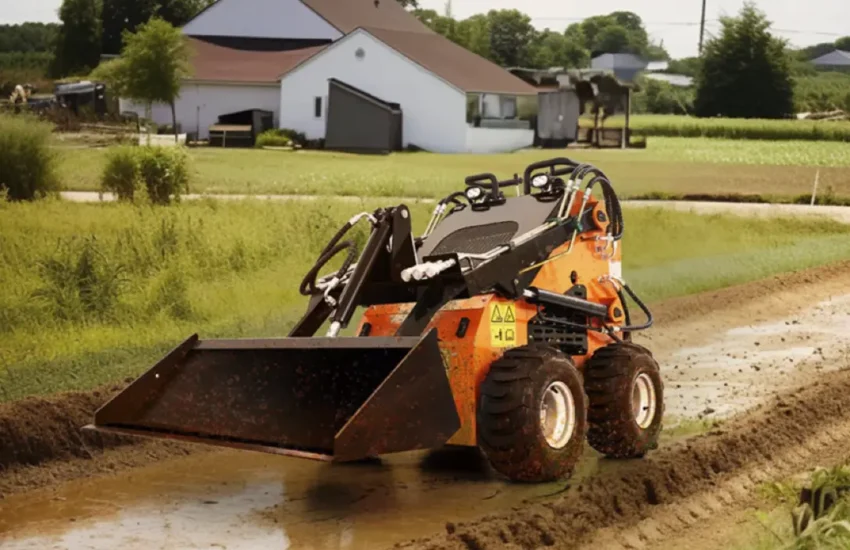Roof Resilience: How to Achieve High-Quality That Will Last Long
A roof over our heads is not just a metaphor for shelter – it’s a literal guard against the elements and a key component in the structural integrity of any building. When constructed and maintained well, a roof can last for decades, protecting the interior from the ravages of weather and time.
But how do you ensure that your roof is built to stand the test of time? This guide will explore the principles of roof resilience, delving into the techniques and materials that promise long-term durability and quality.

1. Hire a Professional Roofing Contractor
Hiring a professional roofing contractor is the first and one of the most crucial steps toward ensuring roof resilience. Certified experts provide high-quality roofing services and benefit from their vast experience and understanding of various types of roofs and materials. They are versed in local building codes and regulations, guaranteeing a compliant and safe roof.
Professional contractors accurately assess your roof’s condition and advise on cost-effective solutions – repair or replacement. They provide warranties and handle unexpected issues during the project, ensuring the longevity of your roof. Entrusting your roofing needs to a professional offers peace of mind.
2. Choose the Right Material
The first step towards achieving a long-lasting roof is to choose the right material. Depending on your budget, needs, and preferences, you can select from various options, such as asphalt shingles, metal roofing, clay tiles, or slate. Each material offers different benefits in terms of durability, resistance to extreme weather conditions, and cost.
- Asphalt Shingles: These are the most widely used roofing materials due to their affordability, ease of installation, and flexibility. They also come in various colors and styles, making them suitable for any home.
- Metal Roofing: Metal roofs are known for their durability and resistance to extreme weather conditions such as heavy rain, hail, or snowfall. They can last up to 70 years and require minimal maintenance.
- Clay Tiles: Clay tiles are aesthetically pleasing and offer excellent durability, with a lifespan of up to 100 years. They also have good resistance against fire and pests.
- Slate: This material is considered the most durable and long-lasting option, with a lifespan of over 100 years. It is also resistant to fire, rotting, and pests.
3. Regular Maintenance
Regular maintenance is a key factor in extending the lifespan of your roof. It’s essential to schedule routine inspections at least twice a year or after significant weather events to identify and address minor issues before they escalate into major problems. Professional roofers can spot signs of damage, like cracked or missing shingles, and secure necessary repairs promptly.
In addition, cleaning the gutters, removing debris from the roof surface, and checking for signs of rust or mold are integral parts of maintenance routines. Ignoring these small tasks can lead to larger issues like water damage, structural instability, and costly repairs. Therefore, proactive maintenance not only preserves the condition of your roof but also safeguards your home’s overall structural integrity.
4. Invest in Quality Insulation
Quality insulation is crucial for a durable and resilient roof. It helps maintain optimal home temperature and prevents problems like ice dams, formed when house heat melts and refreezes snow at the roof’s edge. Additionally, proper insulation prevents moisture buildup, reducing the risk of mold, rot, and structural damage.
Investing in a high-quality insulation system may seem costly upfront, but it can save a substantial amount in long-term repair costs and energy expenditure. Furthermore, regulating indoor temperatures and improving air quality creates a healthier and more comfortable living environment. Therefore, for a lasting roof, be sure to pay attention to the importance of robust insulation.
5. Keep Gutters Clean
Regularly cleaning gutters is crucial for maintaining the durability and resilience of your roof. Clogged gutters can lead to water overflow and accumulation around your house’s foundation, causing significant structural damage over time. Blockages can also lead to water seepage into the roofing material, resulting in rot and decay.
Regularly cleaning your gutters, especially in the fall and after storms, helps prevent issues and extends your roof’s lifespan. It also keeps unwanted pests like rodents and insects from nesting in your gutters. So, cleaning saves you from costly repairs and ensures a longer-lasting, resilient roof.
6. Ventilation is Key
Proper ventilation is another crucial aspect to consider for a resilient roof. It helps regulate temperature and moisture levels in the attic, preventing heat and moisture buildup, which can lead to roof deterioration or damage.
In winter, a well-ventilated roof allows cold air to pass through, preventing ice dams from forming. It helps hot air escape in hotter climates, protecting the roofing material from overheating and warping. Regular inspections can ensure that your roof vents remain unobstructed and functional.
Achieving a resilient and long-lasting roof requires careful planning, regular maintenance, and investment in quality materials. By following these tips, you can ensure that your roof provides lasting protection for you and your loved ones while adding value to your home. Feel free to consult with a professional roofing contractor if you have any concerns or need further guidance on maintaining the quality of your roof.


